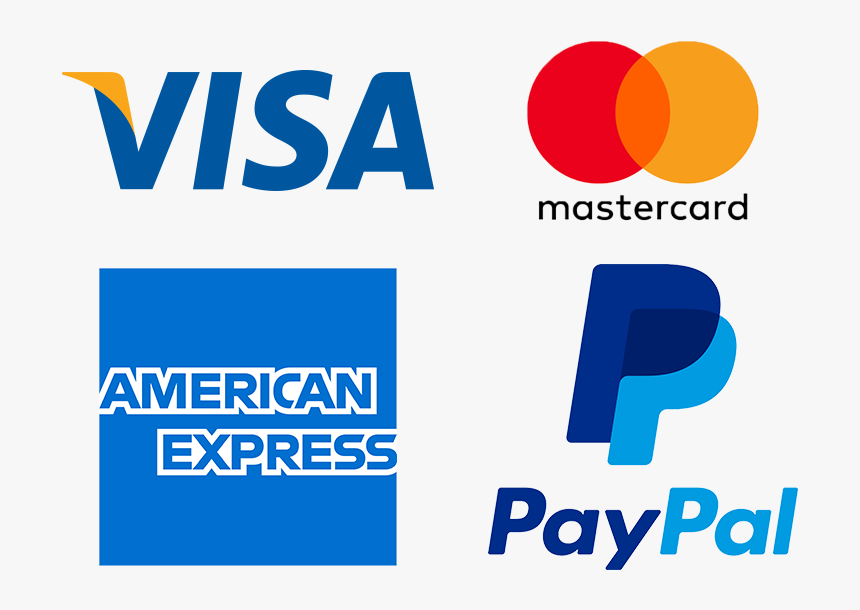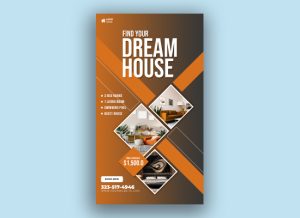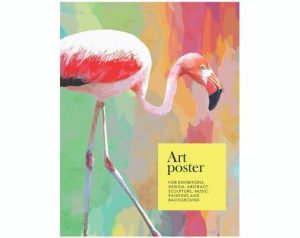Short Description
A1 Strip Posters
Please select artwork files:

Related Products
Additional Information
Enhance your displays with A3 and A1 strips. Perfect for showcasing information in a clear, professional, and eye-catching format.
A3 and A1 Strip: Versatile Tools for Signage and Displays
A3 and A1 strip signs are versatile, practical solutions commonly used for signage, display, and advertising. The strips, generally narrow and long, can be designed in a variety of materials, including paper, vinyl, and plastic, offering flexible solutions for both indoor and outdoor applications. These strips are often used for branding, event marketing, instructional signage, and product displays due to their adaptability and ease of customization.
In this guide, we’ll explore the uses, advantages, and design considerations for A3 and A1 strips, as well as how to choose the right material and format for your specific needs.
Understanding A3 and A1 Sizes
The A series paper sizes are international standard formats defined by ISO 216, commonly used for signage, posters, and promotional materials.
- A3: 297 mm x 420 mm (11.7 inches x 16.5 inches)
- A3 is often used for mid-sized posters, signs, or flyers. Its moderate size makes it easy to display in various settings without taking up too much space, yet still large enough to attract attention.
- A1: 594 mm x 841 mm (23.4 inches x 33.1 inches)
- A1 is much larger, ideal for posters, large signs, or banners. Its size makes it a perfect choice for outdoor advertising or high-traffic areas where visibility is key.
While A3 and A1 are traditionally thought of as full sheets, A3 and A1 strips refer to using portions of these formats cut into elongated, narrow strips. These strips maintain the proportional width and height ratio of the A-series formats but are customized for use in more specific settings such as shelf displays, directional signs, or promotional banners.
Common Uses of A3 and A1 Strips
- Retail Displays:
- A3 and A1 strips are popular in retail settings, where they are used to display prices, promotions, or product details. These strips can be placed on shelves, countertops, or product displays to highlight deals or guide customers through sections.
- For instance, A1 strips might be used as long horizontal banners along the tops of aisles, while A3 strips can be placed directly next to products or on a product stand to grab customer attention.
- Directional Signage:
- In large buildings, events, or exhibitions, A3 and A1 strips are ideal for wayfinding and directional signs. Their elongated shape makes them perfect for displaying simple arrows or short text such as “Exit” or “Restrooms” with clear visibility from a distance.
- A1 strips are particularly useful in large event spaces where high visibility is required, such as convention centers or outdoor festivals.
- Event Branding and Promotions:
- Event organizers frequently use A3 and A1 strips to promote sponsors, special offers, or provide key information like schedules and maps. They can be hung or mounted in high-traffic areas to ensure maximum exposure.
- A1 strips can serve as eye-catching banners for entranceways or event stages, while A3 strips are often used to brand smaller areas, such as VIP sections or registration desks.
- Trade Shows and Exhibitions:
- Trade shows and exhibitions require effective signage to direct attendees and highlight specific booths or displays. A1 strips are ideal for overhead banners or large booth displays, while A3 strips work well for tabletop signage or product demonstrations.
- These strips can also be used to demarcate spaces within an exhibition, allowing exhibitors to clearly label their sections with branded signage.
- Product Promotion:
- Businesses can use A3 and A1 strips to create eye-catching product promotions, such as announcing a limited-time sale or highlighting new arrivals. A1 strips can be used outside a store or at the entrance to attract foot traffic, while A3 strips can direct attention to specific product displays inside the store.
- Public Transportation and Stations:
- In public transport stations such as subways, bus terminals, or airports, A3 and A1 strips are widely used for displaying important travel information, schedules, and advertisements. Their elongated shape allows them to fit neatly in limited spaces while still providing essential information.
Advantages of A3 and A1 Strips
- Space Efficiency:
- The narrow design of A3 and A1 strips makes them ideal for locations where space is limited but effective communication is necessary. Whether placed along the top of a shelf, at eye level, or hanging overhead, these strips utilize vertical or horizontal space efficiently without overwhelming the area.
- High Visibility:
- Despite their narrow width, A3 and A1 strips can still be highly visible due to their length, making them suitable for catching attention in busy or large spaces. When placed strategically, they provide enough room for bold, legible text and key visuals to communicate effectively from a distance.
- Customizable Design:
- Both A3 and A1 strips can be easily customized to fit branding or specific messaging needs. Whether you need vibrant colors, bold fonts, or detailed product information, the flexible nature of strip signage allows you to tailor designs to match the look and feel of your campaign or environment.
- Custom designs can also include QR codes, logos, or call-to-action buttons to engage potential customers directly.
- Durability:
- Depending on the material used, A3 and A1 strips can be designed for long-term or short-term use. Vinyl and PVC options are ideal for outdoor signage due to their weatherproof and UV-resistant qualities, while paper or cardboard strips are more suited for indoor, temporary uses.
- For repeated use or high-traffic areas, lamination or a glossy finish can be applied to ensure the signage remains intact and visually appealing over time.
Design Tips for A3 and A1 Strips
- Prioritize Readability:
- Since strip signs are often viewed from a distance, it’s important to use bold, clear fonts and high-contrast colors. Keep the text minimal and ensure that any important information, such as directional cues or promotional details, is easily readable at a glance.
- Utilize Bold Imagery:
- Strips may have limited space for extensive text, so consider incorporating bold visuals or icons that convey messages quickly. For example, arrows for direction or simple product images can communicate effectively without requiring too much space.
- Use Contrasting Colors:
- For high impact, use contrasting colors to make your strip signage stand out. Black text on a white background, or bold colors like red or yellow, will draw attention and make the message easier to read, especially in busy environments.
- Consider Material Choice:
- When designing strip signage, consider the environment in which it will be displayed. For outdoor or long-term use, durable materials like vinyl or plastic are preferable, while paper or lightweight materials may suffice for temporary, indoor applications.
Conclusion
A3 and A1 strips are versatile and efficient signage solutions for a variety of settings, from retail stores and trade shows to public transportation and events. Their ability to deliver clear, high-visibility messages in narrow spaces makes them ideal for both branding and informational purposes. With customizable designs, durable materials, and high visual impact, A3 and A1 strips offer a practical, effective way to communicate in any space.
Get Your Quote
My Account
About Us
Our Products
Contact
Follow Us On
We Accept












